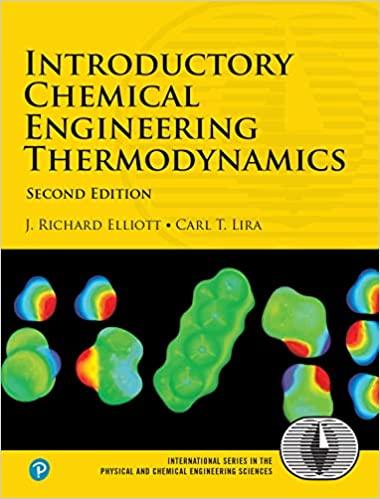Answered step by step
Verified Expert Solution
Question
1 Approved Answer
use simulink Figure below show schematic diagram of an electromagnet with movable armature system. Where, M is the armature mass, K is the spring stiffness,
use simulink 
Figure below show schematic diagram of an electromagnet with movable armature system. Where, M is the armature mass, K is the spring stiffness, D is a parameter for the damping, R is connection resistance, C is the electro-mechanical constant, V is the external voltage and Y is the displacement of the armature. The current in the electromagnetic circuits is 1 . The induced magnetic force is F. The differential equations relating Y(t) and V(t) are given by V(t)=RI(t)+LdtdI(t)+CdtdY(t)F(t)=CI(t)Mdt2d2Y(t)+DdtdY(t)+KY(t)=F(t) For the given set of parameters, L=0.001,R=0.1,C=1,M=0.2,D=0.01,K=1000 Part a: (4 marks) Use Simulink to simulate the responses of Y(t) and I(t). ( s domain find out y(t) and i(t)) For the external voltage V(t) use Step function block with: Step time -0 , initial value =0 volt and final value 1 volt. Find the steady-state values for the displacement Y(t) of the armature and the current I(t). Report the steady-state values and show the resulting plots of Y(t) and I(t) on scope with two axes, one for Y(t) and second for I(t). Assume Y(0)=0,Xdet(0)=0,I(0)=0. Set simulation time to 0.5 . Part b: (4 marks) (Laplace transform) The block diagram representation of the above system is: Use Simulink with the Step function block, the Continuous-Time Transfer Een block, the Subtract block, Derivative block, Gain block and the Scope block, to simulate and display the displacement Y for unit step change in V of the electromagnet system. Note to simulate transfer function G(5)=Cs use Derivative block and Gain block in cascade. For the external voltage V(t) use Step function block with: Step time -0 , initial value -0 volt and final value 1 volt. Set simulation time to 0.5 
Step by Step Solution
There are 3 Steps involved in it
Step: 1

Get Instant Access to Expert-Tailored Solutions
See step-by-step solutions with expert insights and AI powered tools for academic success
Step: 2

Step: 3

Ace Your Homework with AI
Get the answers you need in no time with our AI-driven, step-by-step assistance
Get Started


